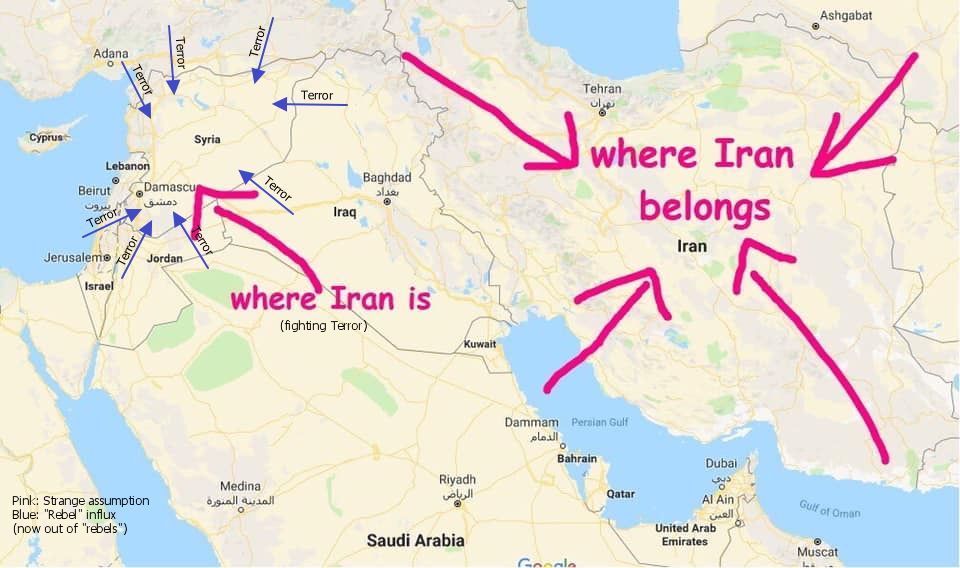Mindful
Diamond Member
- Banned
- #81
- My responsibility is covered with providing an unbiased or credible source.It is just a back up for my statement. If you don´t want to read it, who cares?Israeli TV said it was the heaviest attack on Syria at all with "dozens" of missiles! Report comes later.I don't believe that the recent entanglement with the Israeli air penetration reconnaissance was a full-on strike at the airport in Damascus.
Schwere israelische Luftangriffe in Syrien
Who do you think is going to read that?
You must do. I can tell by your responses.
Besides, I read German. Not everybody does.
- Not everybody reads German but it isn´t too hard to paste the link into the google translator.
- I try to provide English sources but the information has priority.
I don't think so. I was on holiday last year with a Polish person; neither of us understanding each other's language. I won't repeat some of the Google translations.
You think German press is unbiased? Really?

